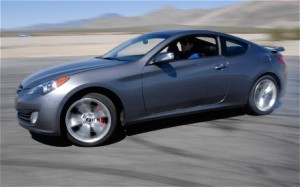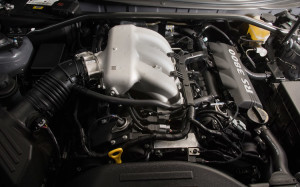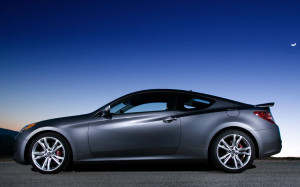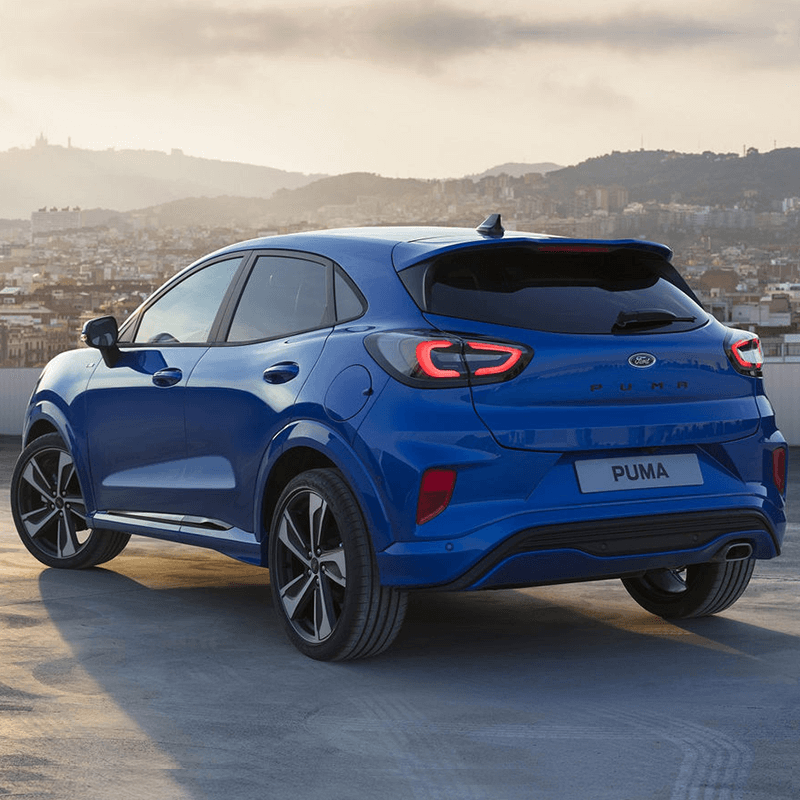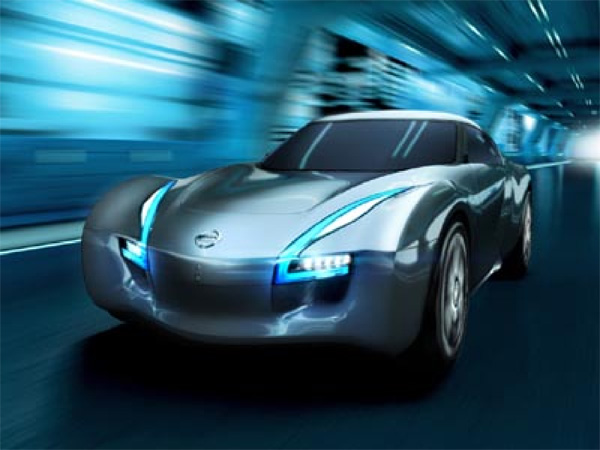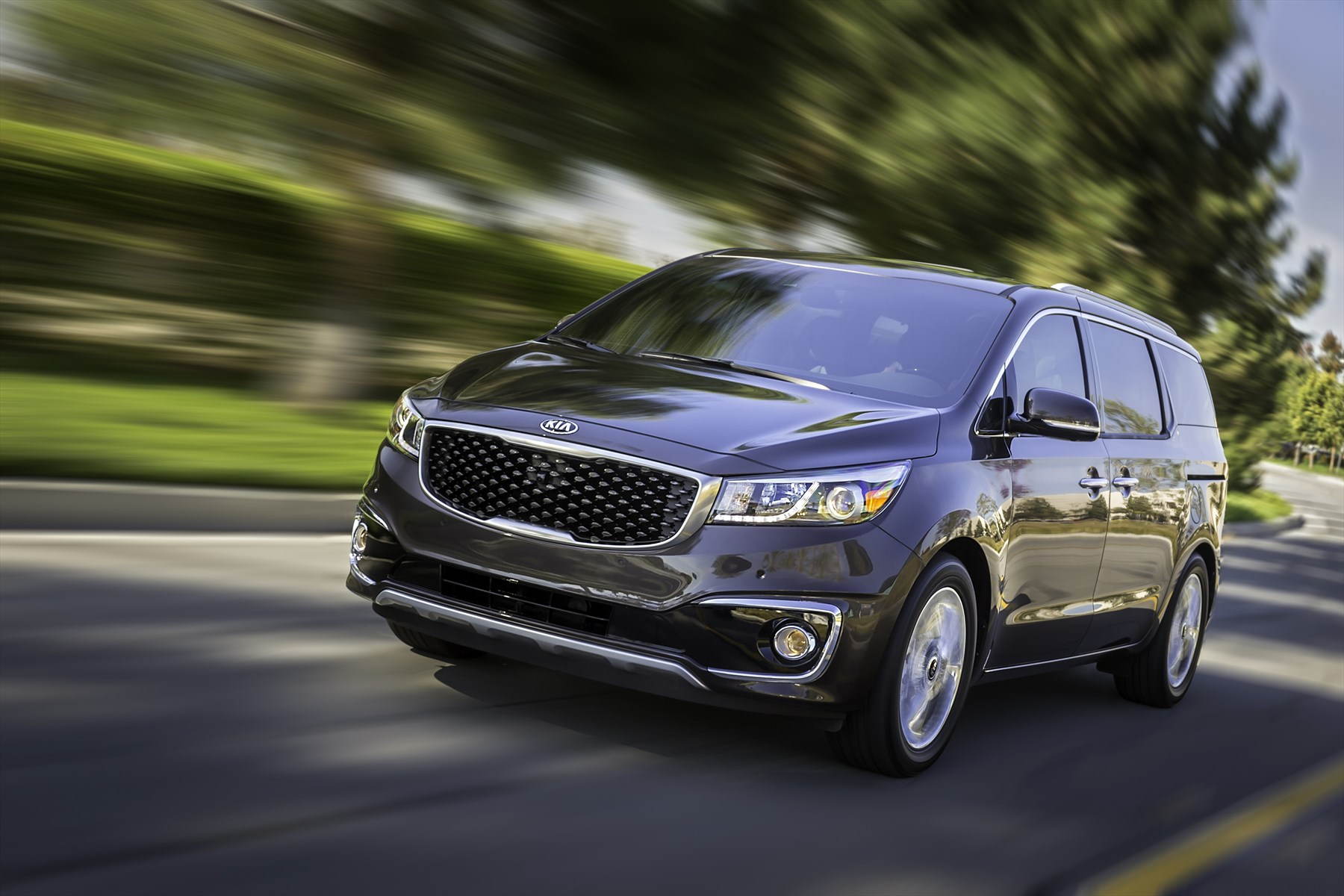2010 Hyundai Genesis Coupe 3.8 Automatic
Hyundai’s new rear-drive Genesis Coupe opens a new market segment for the Korean automaker, one filled with young enthusiasts, tuners, and customizers looking to pull every last ounce of performance out of the sports coupe.
It might surprise the tuner crowd that when we tested variants of the Genesis Coupe earlier this month, we got our overall best acceleration times with the Genesis Coupe 3.8 Track with an automatic transmission. The automatic 3.8 Track tied its manual-equipped counterpart with a 5.5-sec 0-to-60-mph sprint and bested it in the quarter mile by two-tenths of a second to bring home a 14.0-sec run at 101.0 mph. Seems that in addition to being fractionally lighter (by 4 lb) than the manual coupe, the ZF 6HP19 six-speed automatic in the auto car has a slightly more aggressive 3.73 axle ratio, allowing for slightly better numbers at the dragstrip. Incidentally, this gearbox is the same one used in the V-8-equipped Genesis Sedan which produces 375 hp.
We got more track and autocross time with all Genesis Coupe variants this week at Spring Mountain Motorsports Ranch in Nevada, allowing us a closer look at the auto-equipped 3.8L car. We hopped in an automatic Grand Touring 3.8 for our 50-odd-mile journey from our temporary home base in Las Vegas, out to the track in Pahrump. On the wide-open desert highways, the combination of the torquey 306-hp 3.8 V-6 and smooth-shifting six-speed automatic made for a satisfying combination. Left in the Drive position, the gearbox executed seamless shifts -up and down – and responded well when asked to downshift with a shove on the accelerator.
Throw the lever in manual mode and gears are selected via steering-wheel-mounted paddles. We found upshifts in manual mode reasonably quick – not dual-clutch fast, mind you, but reasonable for a manumatic – and shifts were made automatically at redline. Downshifts, especially in lower gears, were similarly quick, but could result in a bit of hesitation and jerkiness as the ZF gearbox does not offer rev-matched downshifts. The paddles are of the traditional left-down, right-up configuration, and their shape is longer at the top, short and wide at the bottom. We liked this shape as it was easier to differentiate paddles when the steering wheel was rotated beyond 180 degrees. One minor inconvenience is that manual shifts aren’t possible with the lever in the Drive position.
Sourced via www.motortrend.com

